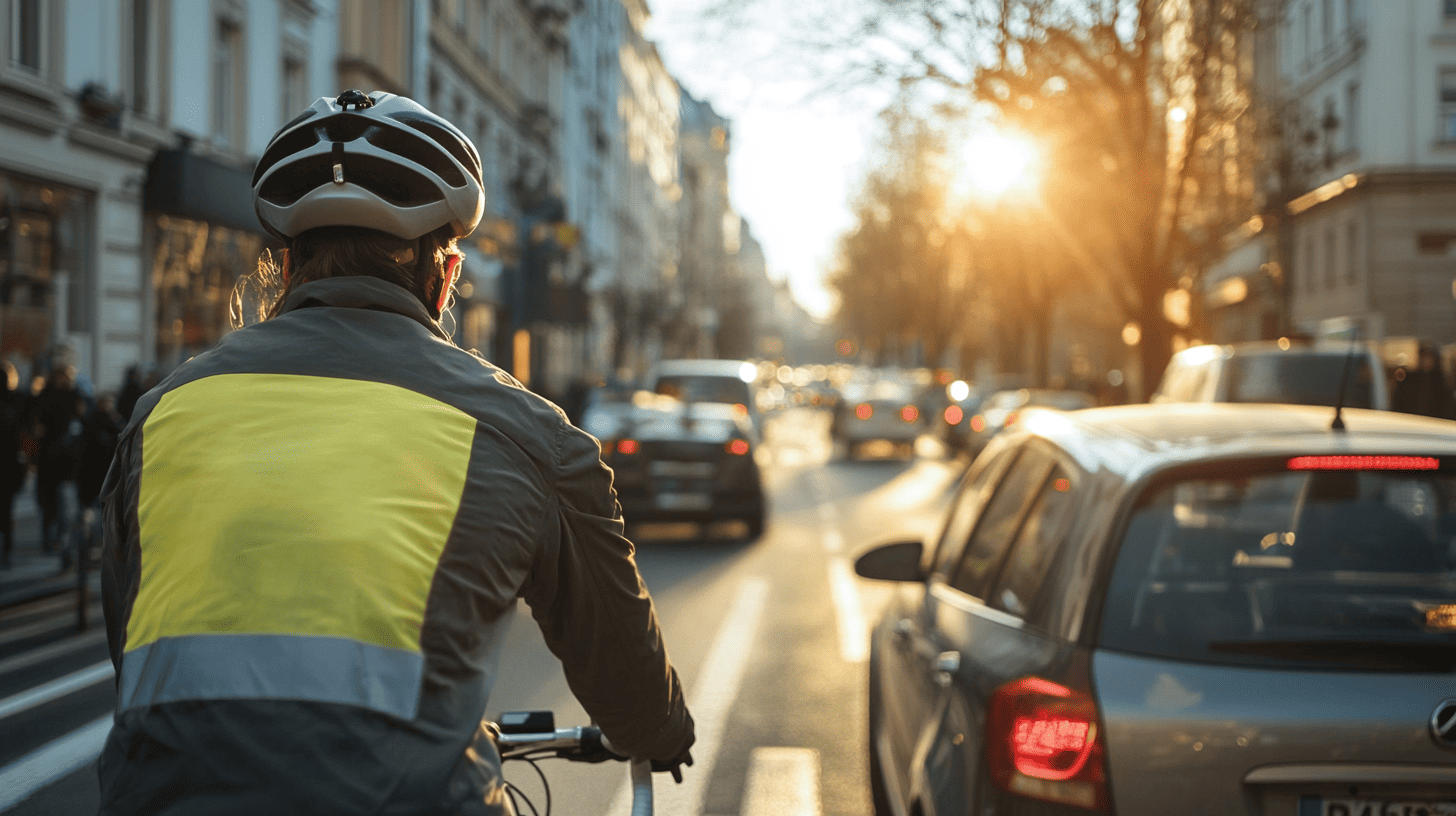8730 Wilshire Boulevard, California 90211
Get Help Now
8730 Wilshire Boulevard, California 90211
Get Help Now

Statistically, it’s not even close. Riding a bike is much less safe than driving. Bicyclists account for about 1 percent of vehicle traffic. But these riders account for 2 percent of roadway fatalities. That’s twice as high. Meanwhile, the chances of death or serious injury in a motor vehicle are relatively slim.
Safety statistics are meaningless to accident victims. Raw numbers don’t pay mounting medical bills or replace lost wages. They certainly don’t comfort accident victims and help them rebuild their shattered lives.
Only a Bicycle Accidents Lawyer in California does these things. Attorneys thoroughly review cases and determine all possible legal options. The planning process also includes day-to-day items. For example, most lawyers connect most victims with doctors who charge nothing upfront for their professional services. Above all else, attorneys treat clients like people, not statistics.
Seat belts, airbags, and other safety innovations have made four-wheel vehicles much safer today than they were in the 1960s or even the 1980s.
However, today’s cars and trucks are also much bigger and faster than in the past. The excessive weight and speed largely offset the aforementioned safety innovations, which is why vehicle collisions still kill or seriously injure millions of Americans every year. More on that below.
Bicycle design, on the other hand, hasn’t changed much since Baron Karl von Drais made the first bicycle, variously known as a swift walker, draisienne (balance bike), or running machine, in 1817.
So, unprotected bicycle riders are completely exposed to danger in a collision with a large, fast car or truck.
The extreme force and extreme hazard of a bicycle collision in California usually causes serious or fatal injuries like:
Victim size comes into play as well. Most bicycle crash victims are small children whose bodies cannot withstand very much trauma.
We should mention that car crash injuries are often almost as severe, if not more so. These victims still experience extreme force. No safety restraint system, no matter how advanced, can possibly absorb all that force.
Driver error causes over 90 percent of vehicle collisions. Four-wheel vehicle and bicycle crash victims alike normally have two legal options in these cases.
Generally, a personal injury lawyer uses the ordinary negligence theory to obtain compensation in these cases. In California, ordinary negligence has four basic elements:
The negligence per se shortcut is available in some cases. Tortfeasors are liable for damages as a matter of law if they violate safety laws, like the DUI law or speed limit law, and that violation substantially causes injury. However, most emergency responders don’t issue citations in these cases. They view crashes as civil matters that don’t merit police involvement.
Extreme weather, like earthquakes, defective products, like defective tires, and defective road design cause most of the rest of the bicycle crashes in SoCal.
Riding a bike isn’t safer than driving. Fortunately, the law treats all crash victims equally. For a free consultation with a Personal Injury Attorney in California, contact the Law Offices of Eslamboly Hakim. Virtual, home, and hospital visits are available.
Tag: